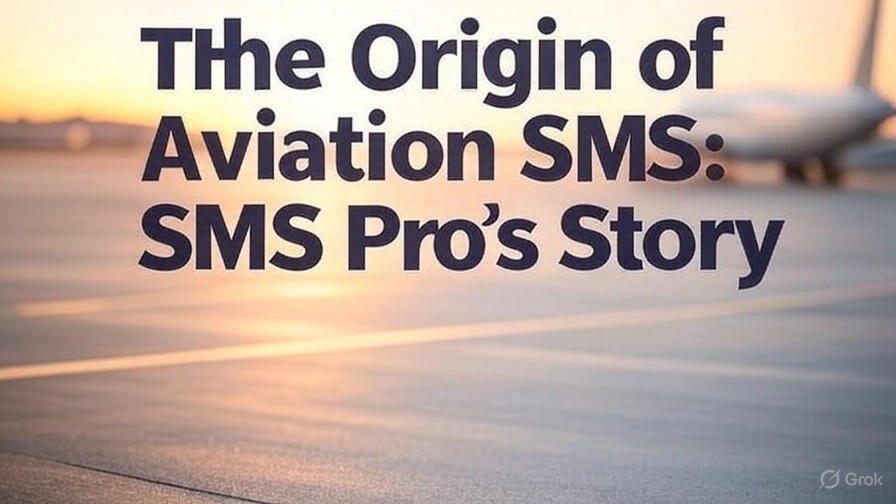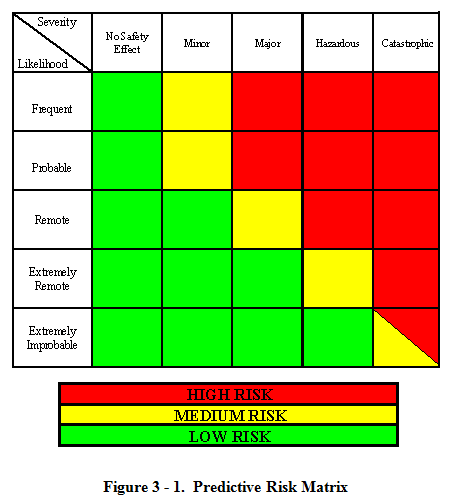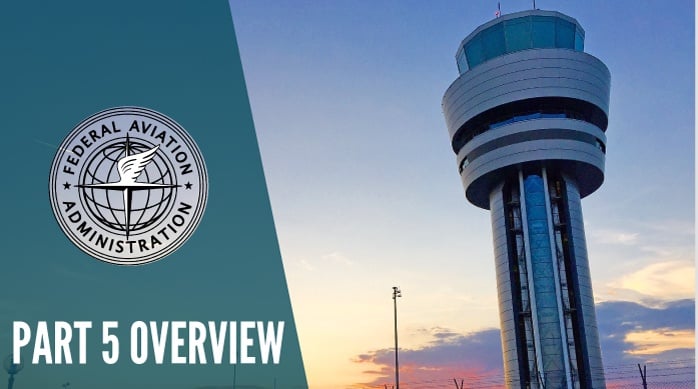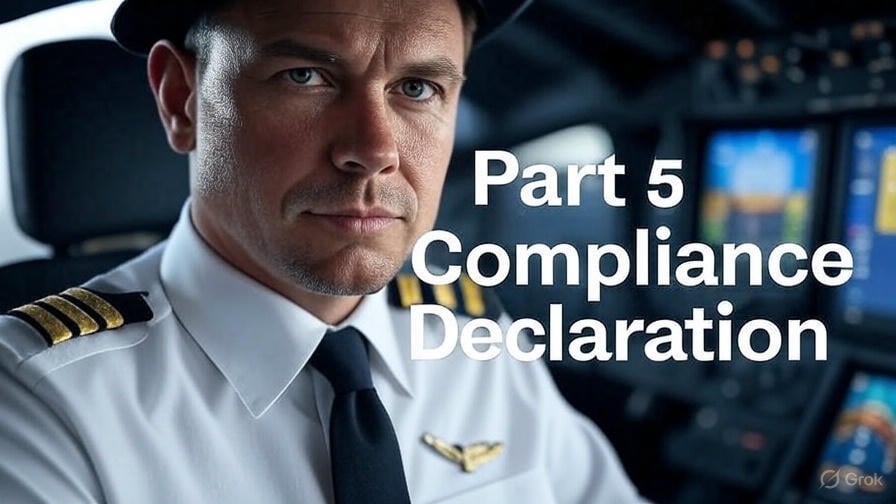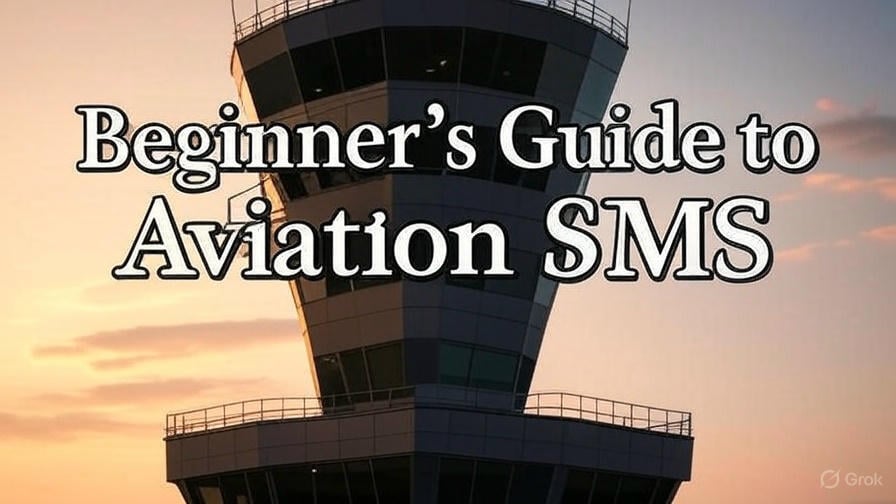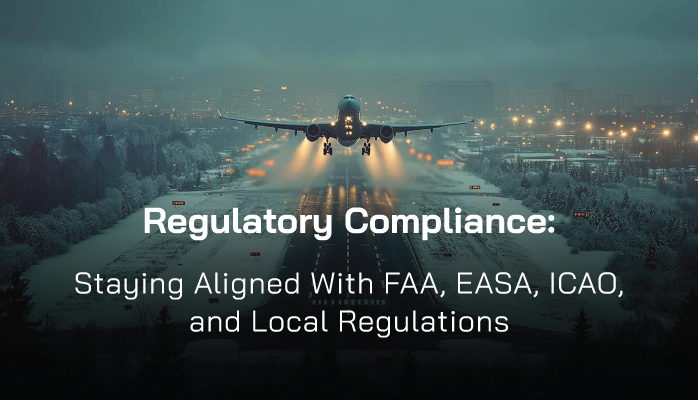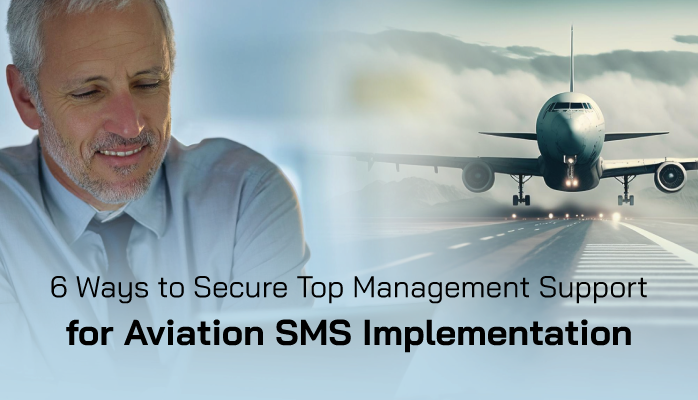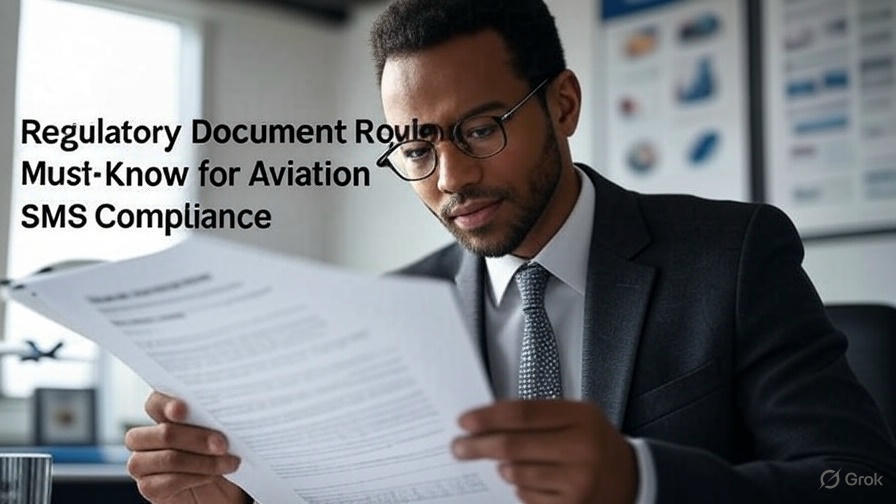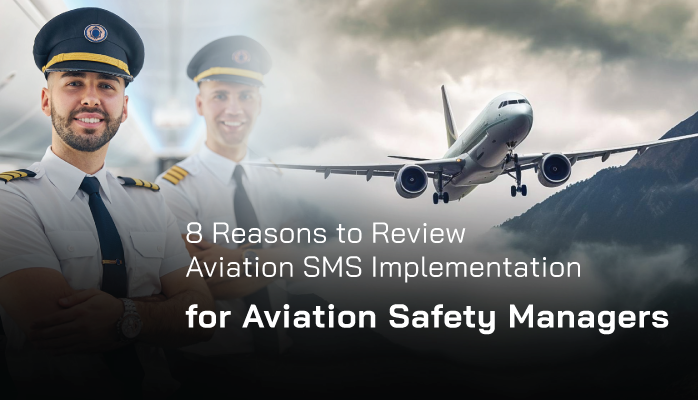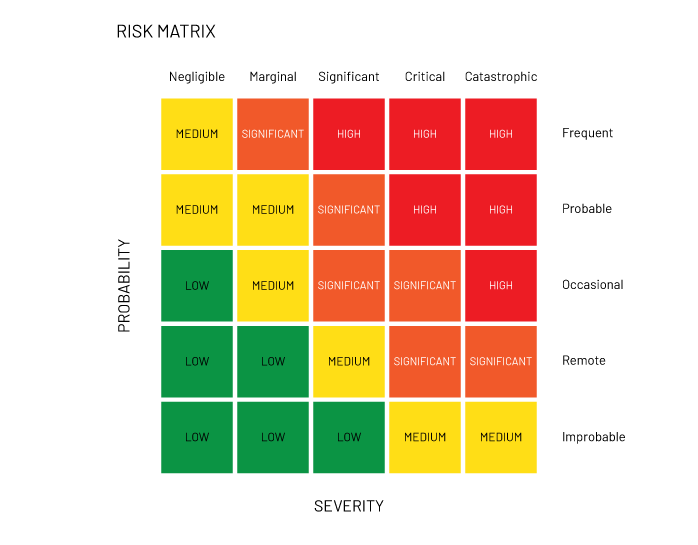Introduction: A Vision for Safer Skies
Safety Management Systems (SMS) are the cornerstone of modern aviation safety, transforming how airlines, airports, and other operators manage risks. Born from the International Civil Aviation Organization’s (ICAO) November 2006 mandate, SMS required a structured approach to hazard identification and risk management. But for many operators, early solutions were clunky, generic, or unscalable. This is the story of how SMS Pro, a leading aviation SMS software, emerged from a vision to create a user-friendly, scalable tool tailored for the aviation industry. From its challenging beginnings to its global adoption by airlines, airports, biz jet operators, maintenance organizations, flight schools, and fixed-base operators (FBOs), SMS Pro’s journey is one of perseverance, innovation, and loss. Written from the perspective of the SMS Pro development team, led by Chris Howell, this account offers full disclosure while honoring the contributions—and tragedies—that shaped its path.
